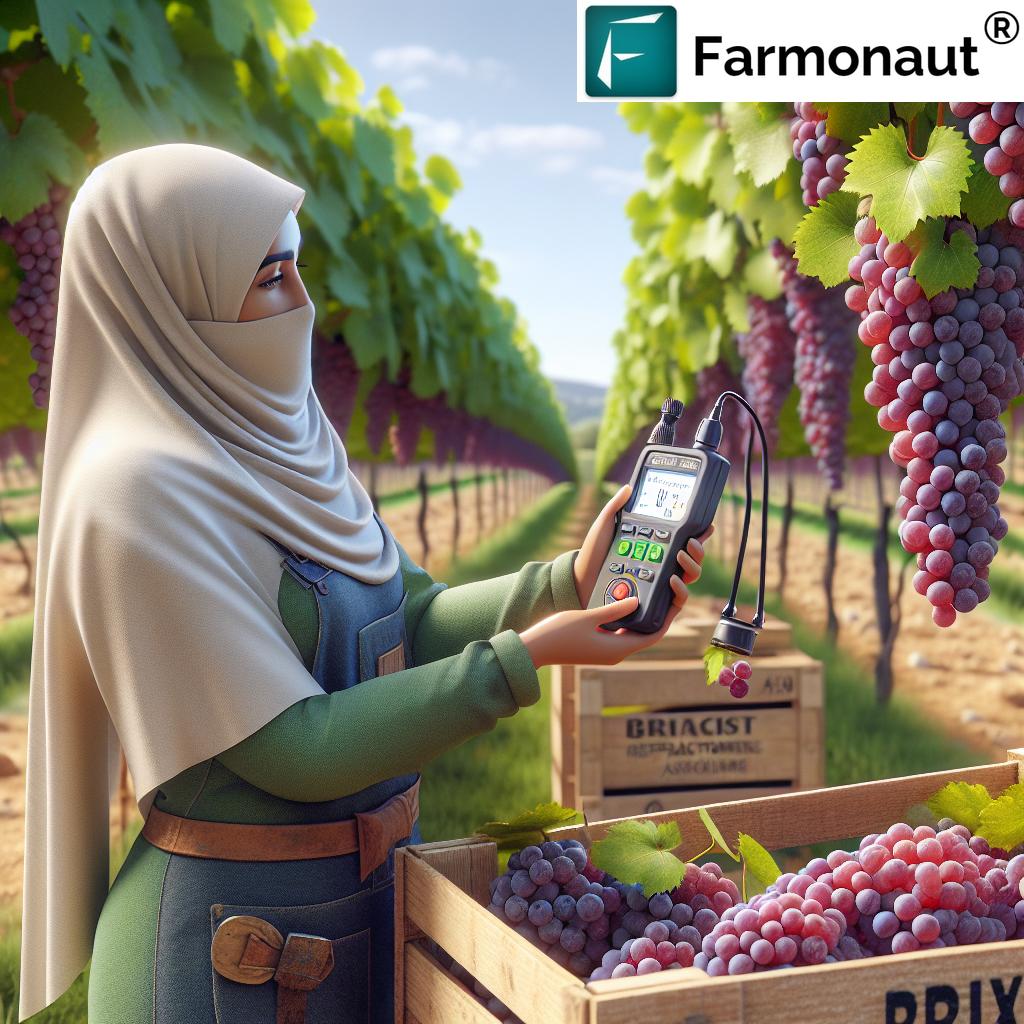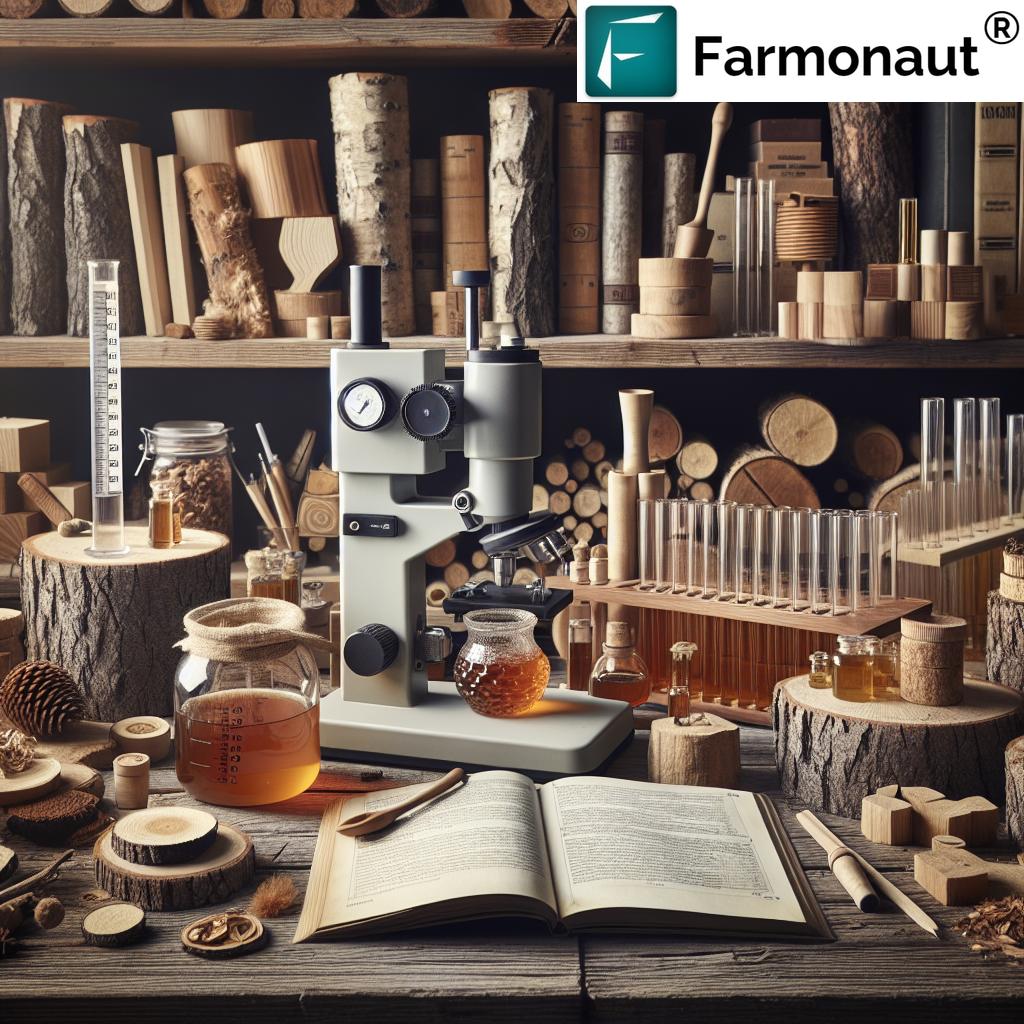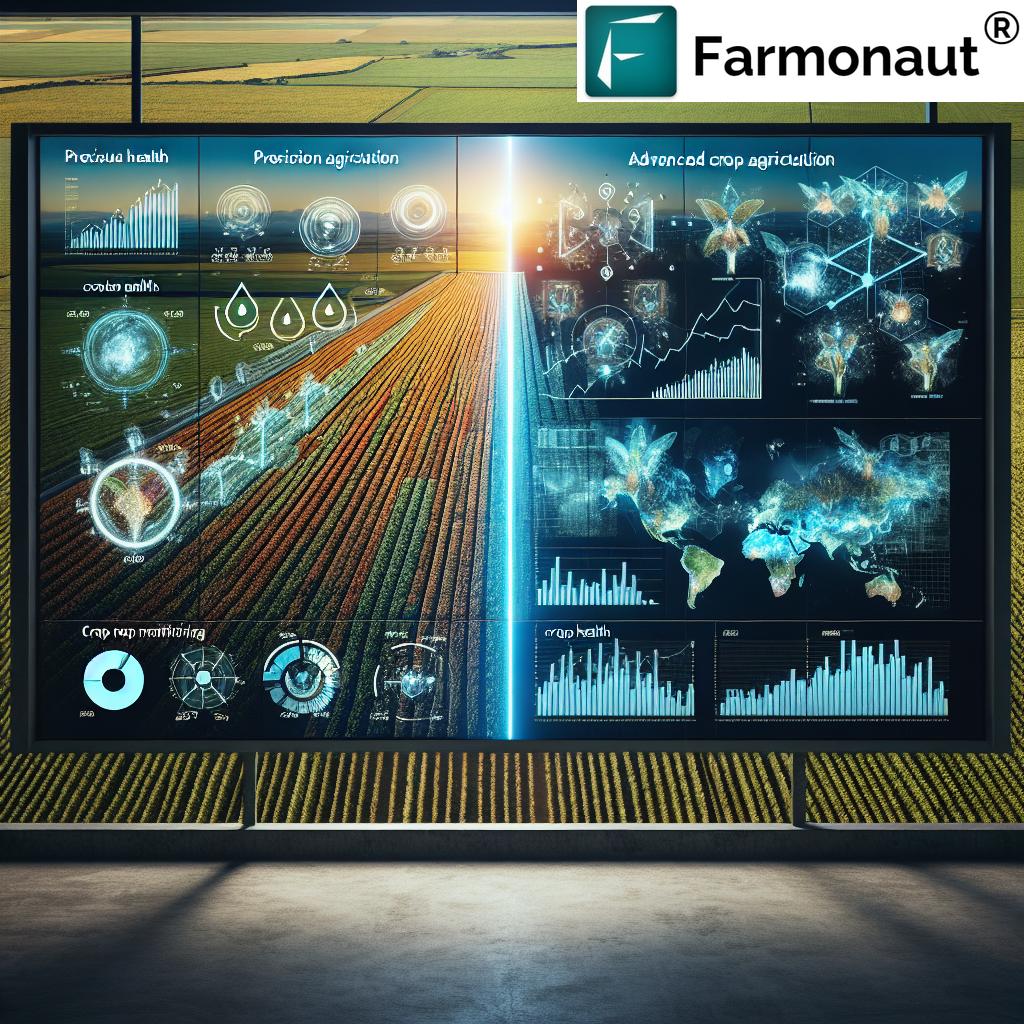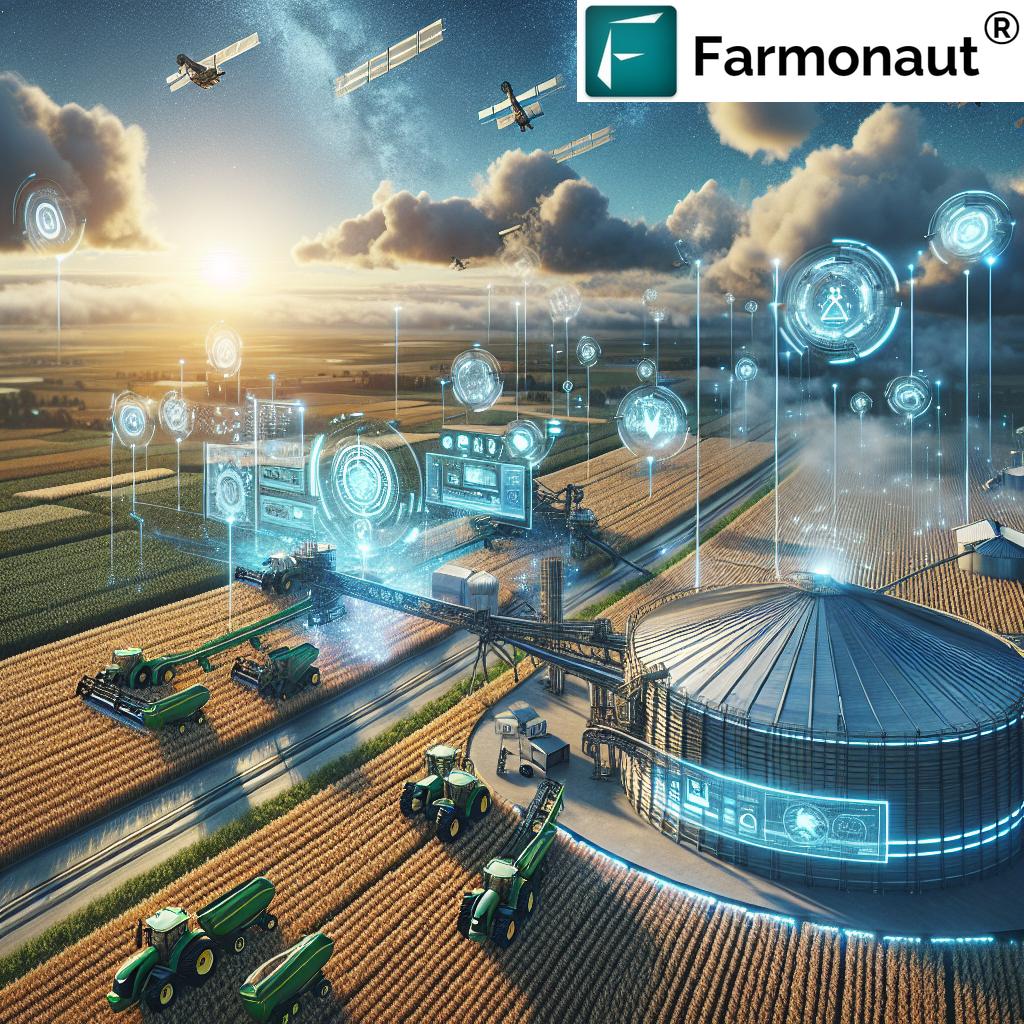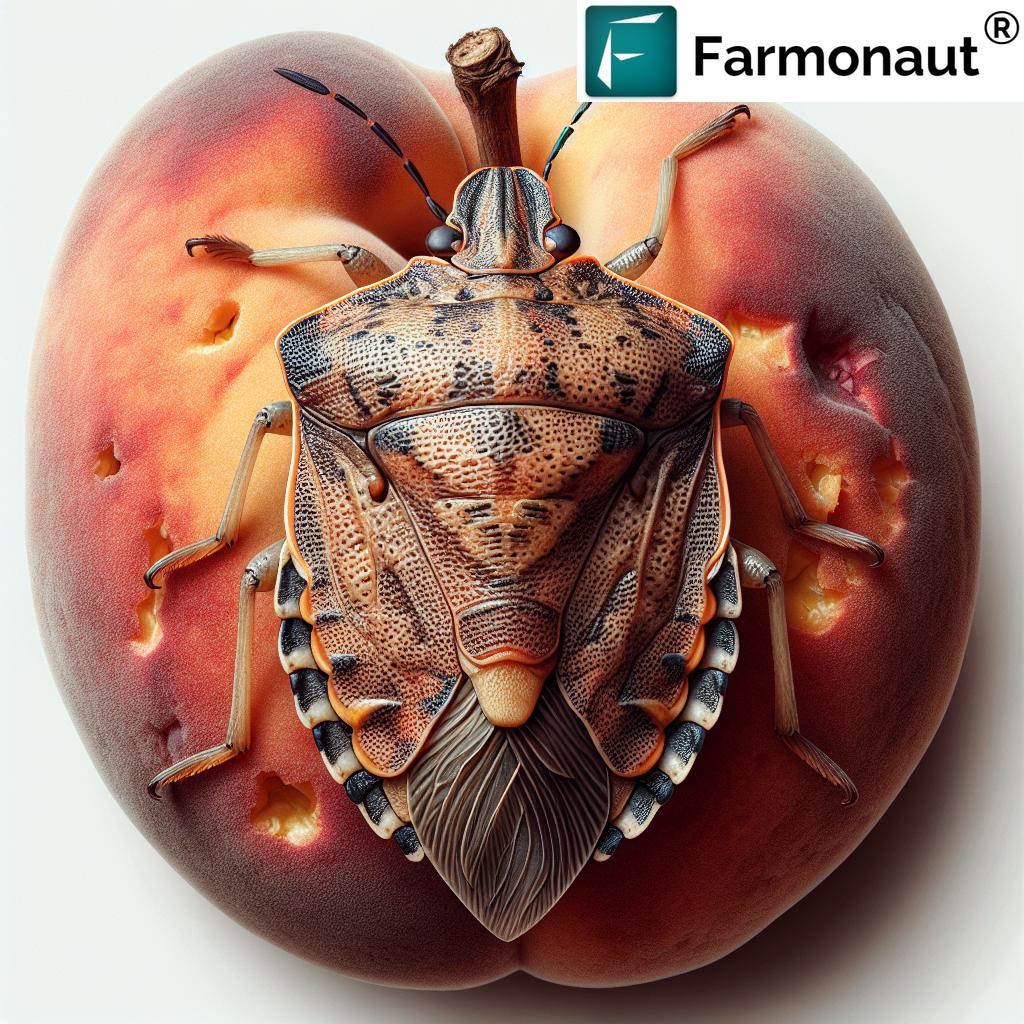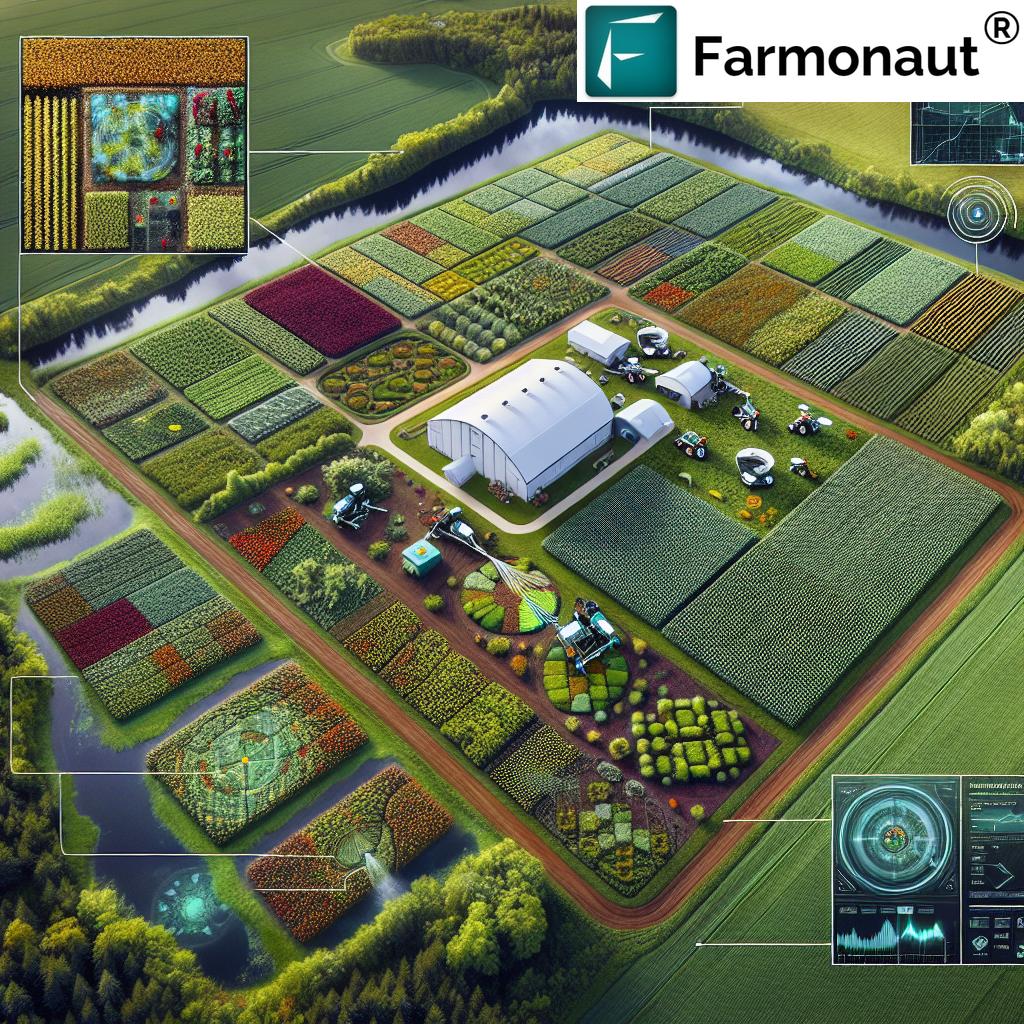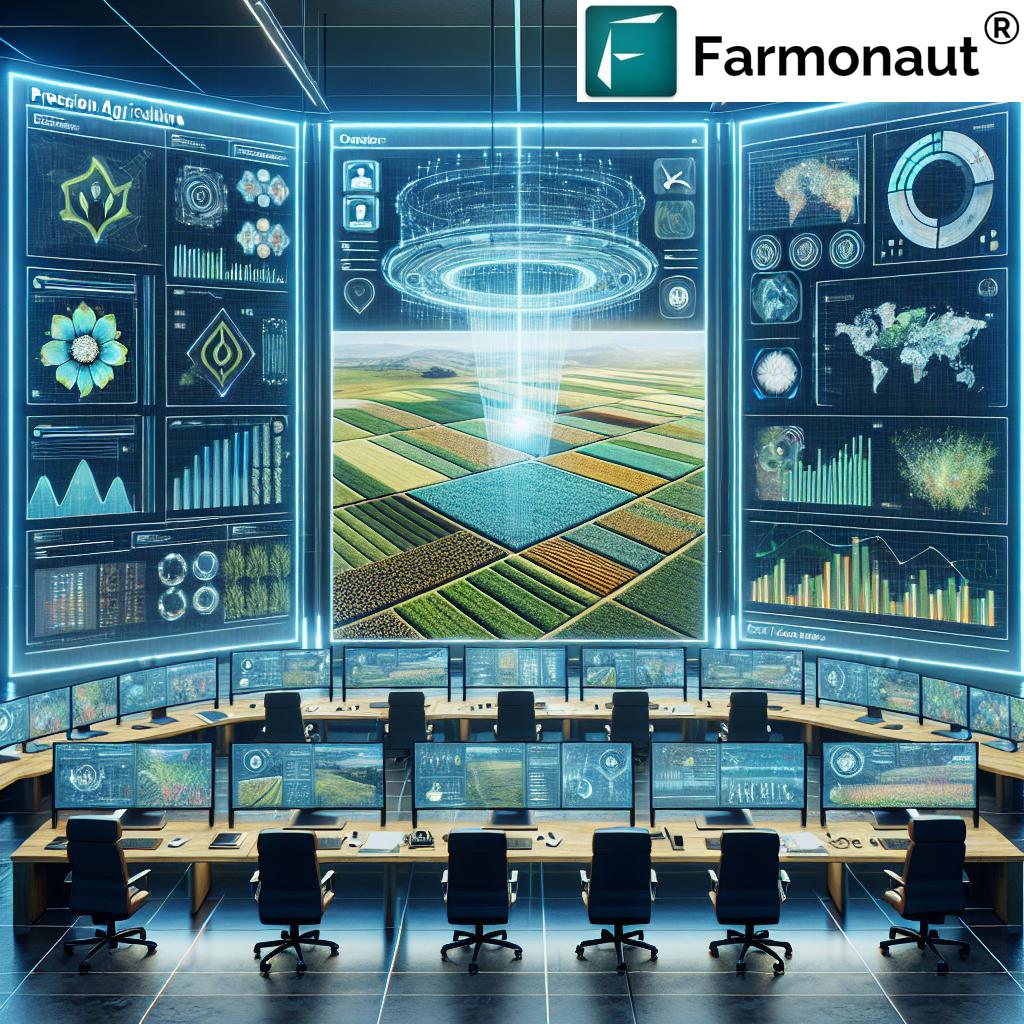Refractometer Secrets: 7 Shocking Uses in Agriculture!
Table of Contents
- Introduction: Refractometers in Agriculture & Forestry
- Understanding Refractometers
- 7 Shocking Uses of Refractometers in Agriculture
- Comparative Use-Case Table for Refractometers in Agriculture
- Benefits & Sustainable Practices
- Selecting the Right Refractometer for Your Needs
- Farmonaut: Advanced Precision for Modern Farming
- Frequently Asked Questions (FAQ)
- Conclusion: Unlocking the Future with Refractometers
“Refractometers can measure crop sugar levels in seconds, helping farmers optimize harvest timing for up to 20% higher yields.”
Introduction: Refractometers in Agriculture & Forestry
In the evolving landscape of agriculture and forestry, technology and innovation are our guiding stars. Today’s farmers, agronomists, and foresters face mounting challenges—improving crop quality, optimizing moisture management, and sustaining yields in the face of climate uncertainty. At the heart of this transformation lies a humble yet revolutionary instrument: the refractometer.
But what exactly are refractometers? How do they empower us to measure sugar concentration, ensure product quality, monitor soil and wood moisture, and optimize agricultural and forestry management for sustainability?
Let’s unlock the secrets of refractometers, their groundbreaking applications in farming, forestry, and how combining them with solutions like Farmonaut’s satellite-based crop monitoring can transform your resource optimization and production standards.
Understanding Refractometers – The Science Behind Smart Decisions
A refractometer is a precision instrument designed to measure the refractive index of liquids. When light passes through a solution, its direction—its “refraction”—changes depending on the amount of dissolved solids, especially sugars, present. This measurement is then given as a Brix value: the percentage of dissolved solids by weight, predominantly sugars.
Why does this matter to us? The Brix measurement for crop quality is absolutely vital in agriculture—it provides a fast, actionable indicator of the content and maturity of fruit, vegetables, honey, and even wood or sap from trees. This allows us to optimize everything from harvest timing and irrigation management, to quality control and sustainable practices.
- Handheld Refractometers: Ideal for field testing, such as measuring crop or fruit sap directly on-site.
- Digital Refractometers: Provide highly accurate measurements with automatic temperature compensation—a must for quality assurance labs and agricultural tech facilities.
- Specialized Refractometers: Optimized for specific uses like honey production, wine, or maple syrup.
By accurately measuring Brix and monitoring other solution properties, we gain key insights into moisture content in forestry, sugar concentration in fruit, feed quality, and even sap health in trees.
7 Shocking Uses of Refractometers in Agriculture
It’s time to dive into the innovative ways we use refractometers for optimized production, resource management, and sustainable agriculture.
1. Crop Ripeness Assessment—The Brix Revolution for Optimal Harvest
The ability to accurately assess crop maturity is a game-changer for growers and agronomists. By measuring Brix (sugar content) in fruit, berries, and grape crops, we actively monitor their development and determine the best harvest time. This directly boosts quality, taste, and commercial value.
– In grape cultivation, precision is everything. Winemakers depend on refractometers to manage sugar levels, which dictate fermentation quality and final wine characteristics.
– For blueberry growers, a refractometer quickly determines the ideal sugar-acid balance, affecting both taste and shelf life (see guide).
- Benefits: More consistent quality, fewer under/overripe shipments, less waste, and standards-compliant products.
2. Soil Moisture Measurement Tools—Precision Irrigation in Action
Efficient water management is our cornerstone of sustainability. Refractometers help measure water content in soil extracts, providing us with quick, reliable data to guide irrigation scheduling.
– By regularly testing using soil moisture measurement tools, we avoid both over-irrigation (wasting water, increasing disease risk) and under-irrigation (stressing crops, reducing yields).
– This is especially vital in arid agricultural regions or during drought periods, where every drop counts.
- Benefits: Reduced water use, lower costs, increased yields, disease prevention, and optimized resource management.
Want to further enhance your irrigation strategies? Use Farmonaut’s carbon footprinting platform to monitor water use and improve environmental outcomes.
Read more on soil and irrigation monitoring with refractometers.
3. Quality Control in Fruit Production—Brix Measurement for Crop Quality Assurance
Product consistency makes or breaks our reputation in modern food systems. By adopting refractometers for Brix measurement for crop quality, we ensure that fruit (apples, oranges, melons, etc.) meets rigid industry standards for sugar content and flavor.
– Refractometers provide rapid, on-the-spot measurement of solids—allowing producers to sort, grade, and market only the best.
- Benefits: Enhanced market value, reduced rejections, strong consumer trust, and improved profit margins.
Explore how digital traceability supports continuous quality control with Farmonaut’s blockchain-based solutions.
Learn more: Application in fruit industry & standards.
4. Feed Quality Analysis with Refractometer—Livestock Health Starts Here
Healthy livestock require optimal nutrition. Refractometers allow us to analyze forage and feed quality in minutes—measuring Brix to gauge sugar content, which correlates strongly with nutritional density and digestibility.
– Dairy farmers, for instance, turn to feed quality analysis with refractometer to ensure the forage provided translates into higher milk production.
– Detecting drops in Brix warns us of lower nutrition or emerging plant disease.
- Benefits: Improved animal health and performance, reduced waste, maximized conversion rates, and sustainable resource utilization.
Source: How refractometers improve feed/livestock management.
Want all your farm data—soil, feed, and crop—in one dashboard? Check Farmonaut’s large scale farm management solution for integrated precision farming!
5. Refractometer for Honey Production—Moisture Matters
For beekeepers, honey quality hinges on moisture. Using a refractometer for honey production, we measure water content precisely, guaranteeing that honey falls below fermentation risk thresholds (<13-18% moisture).
– This tool ensures honey meets international export standards and has a longer shelf life.
- Benefits: Premium, shelf-stable products, enhanced traceability, greater consumer safety.
Find out how digital traceability aids honey exports—see Farmonaut traceability for honey and food.
Read more on refractometers & honey industry standards.
6. Moisture Content in Forestry & Timber—Processing Wood Right
In the forestry industry, managing moisture content in timber is vital for processing high-quality wood. Refractometers allow us to evaluate liquid extracts from wood, pinpointing precise moisture levels to guide drying and storage.
- Benefits: Reduced warping/cracking, higher-grade end products, less waste, and reliable export quality (see forestry use cases).
We can further enhance wood quality and sustainability by employing Farmonaut’s fleet management solutions to optimize timber logistics and reduce the carbon footprint of forest operations.
7. Sap Sugar Concentration Measurement & Tree Health—Smart Forestry Decisions
Refractometers are essential in monitoring sap sugar concentration for quality maple syrup production, and for assessing the health of various trees by analyzing their sap/extracts.
- For maple syrup producers, precision measurement of Brix in sap tells us the optimal collection moment for premium production (forestry applications).
- Diagnosing sudden shifts in sap composition helps us catch diseases or chemical changes before they impact tree vitality or crop yields.
Want more tree- and forest-level insights? See Farmonaut’s crop, plantation, and forest advisory tools for digital ecosystem monitoring.
“Foresters use refractometers to monitor tree sap moisture, improving wood quality and reducing waste by as much as 15%.”
Comparative Use-Case Table for Refractometers in Agriculture
| Use Case | Estimated Crop Quality Improvement (%) | Estimated Time Saved (hrs/season) | Application Area | Impact on Sustainability |
|---|---|---|---|---|
| Sugar Content Monitoring (Brix in Fruit & Grape) |
12-20% | 40-60 | Fruit Orchards, Vineyards | High |
| Moisture Analysis (Soil & Timber) | 8-15% | 30-45 | Field Crops, Forestry, Orchards | High |
| Feed Quality Analysis (Forage/Livestock) | 5-12% | 20-25 | Livestock Farms, Dairies | Medium |
| Disease Detection (Plant Brix Monitoring) | 3-7% | 15-20 | Crops, Orchards | Medium |
| Honey Moisture Assessment | Ensures 100% batch compliance | 8-12 | Apiaries, Export Labs | High |
| Sap Sugar Concentration Measurement | 10-18% | 10-18 | Maple Groves, Forestry, Orchards | Medium |
| Quality Control in Wood Processing | 5-10% | 16-22 | Saw Mills, Processing Facilities | High |
Benefits & Sustainable Practices Through Refractometer Applications in Farming
Why are refractometers a game-changer for modern agriculture and forestry?
- Enhanced Crop Management: With instant Brix, moisture, and sugar measurements, we make quick, informed decisions. This means better harvest timing, targeted nutrient application, and superior crop quality.
- Resource Optimization: Using soil moisture measurement tools and accurate concentration readings, we save water, fertilizer, and reduce input costs—key factors for sustainable farming.
- Quality Assurance: Real-time data helps us meet industry standards, improve marketability, and win loyal customers through traceable, premium products.
- Disease and Pest Management: Monitoring Brix exposes hidden plant health threats. Low Brix means stress, likely disease, or pest issues requiring fast intervention.
- Sustainability: Fewer resources wasted, higher yields, improved soil health, and reduced environmental impact—all key markers of responsible, sustainable practices.
- Cross-Industry Value: From feed to wood, timber, or honey, refractometers bridge the needs of livestock, horticulture, agriculture, and forestry industries.
Looking to digitally manage and report on your operation’s sustainability? Check out Farmonaut’s smart carbon footprinting solutions—perfect for verifying sustainable outcomes!
Selecting the Right Refractometer
The perfect refractometer balances your operational needs and specific applications in farming or forestry. Here’s what we consider:
- Measurement Range: Select a device that matches the % Brix or moisture range for your products—e.g., 0–32°Bx for fruits, 12–30% for honey.
- Temperature Compensation: Go for models with Automatic Temperature Compensation (ATC) for accurate readings under fluctuating field or lab conditions.
- Portability & Durability: Field-optimized, waterproof, user-friendly designs save time and reduce breakages during busy seasons.
- Ease of Use & Maintenance: Clear calibration protocols and instructions allow us to maintain accuracy and extend device lifespan.
If you want to integrate your farm’s sensor, weather or refractometer data in real time, use Farmonaut API (API Access | Developer Docs).
Farmonaut: Advanced Precision for Modern Farming
At Farmonaut, we are redefining precision agriculture with advanced technologies—satellite imagery, AI-powered advisory, resource management, and reliable traceability solutions. We empower farmers, agribusinesses, and even governments to optimize yields, save costs, and ensure product quality—making sustainable practices accessible for all.
With our satellite-driven crop health monitoring, you can track vegetation health, soil moisture levels, and get instant AI-based advisories for smarter crop management. Our blockchain-backed traceability platform secures the authenticity of your produce, such as honey, ensuring confidence in your supply chain and easy compliance with industry standards.
Discover more about Farmonaut’s crop loan and insurance solutions—helping you access financing with verified, satellite-based field evidence.
Ready to take your field monitoring and agriculture digital? Try Farmonaut’s web or mobile app today!

